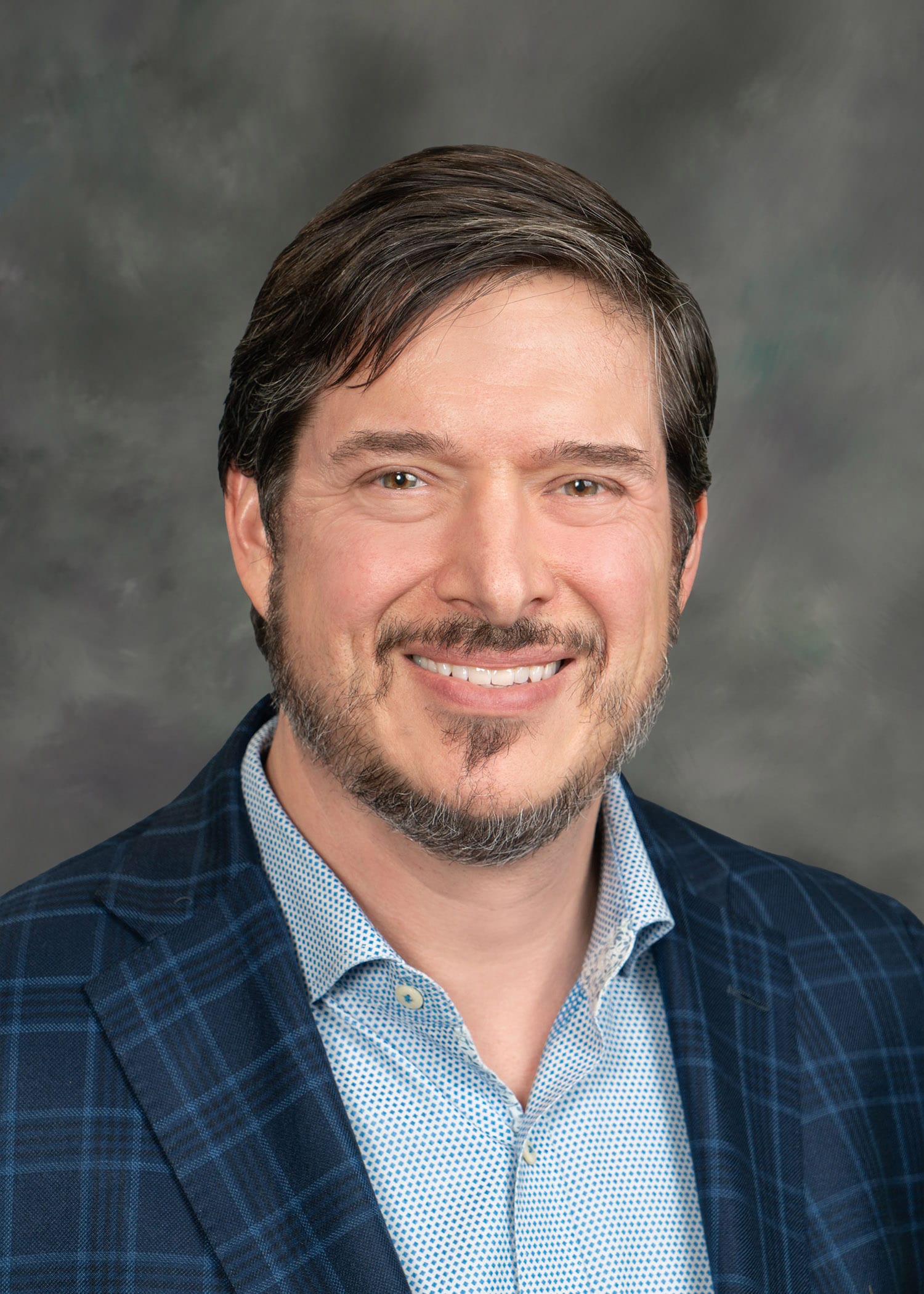While many people have heard of shingles, they may not know that it is caused by the same virus that causes chickenpox. The varicella-zoster virus, or VZV, stays in the body even after recovering from chickenpox or receiving the chickenpox vaccine. Because our immune systems decrease as we age, the virus can reactivate and cause a new infection called shingles.
Shingles can be extremely painful and cause a rash of fluid-filled blisters on one side of the face or body and can be accompanied by flu-like symptoms. Short-term and long-term complications can occur with shingles, including the risk of postherpetic neuralgia which is when pain lasts for three or more months. Most medications that treat shingles need to be used as soon as possible after the onset of symptoms, so it’s important to contact your healthcare professional right away if you think you may have shingles.
While shingles can happen at any age, older adults are more likely to get it because of their changing immune systems. It’s important to note that people who have never had chickenpox or the vaccine can still get chickenpox by coming into direct contact with someone who has shingles.
The most important way to avoid reacting the VZV virus and getting shingles is to get vaccinated. The Centers for Disease Control and Prevention recommends that everyone over the age of 50 get the two-dose shingles vaccine to reduce their risk of infection and the serious complications that can come with it.
Shingles can have a huge impact on the quality of your life, but it’s easy to prevent. Talk to your doctor about your risk factors, medical history, and getting vaccinated against shingles, and watch the Alliance’s new video, “Shingles: What You Need to Know to Avoid a World of Pain” to learn more.






